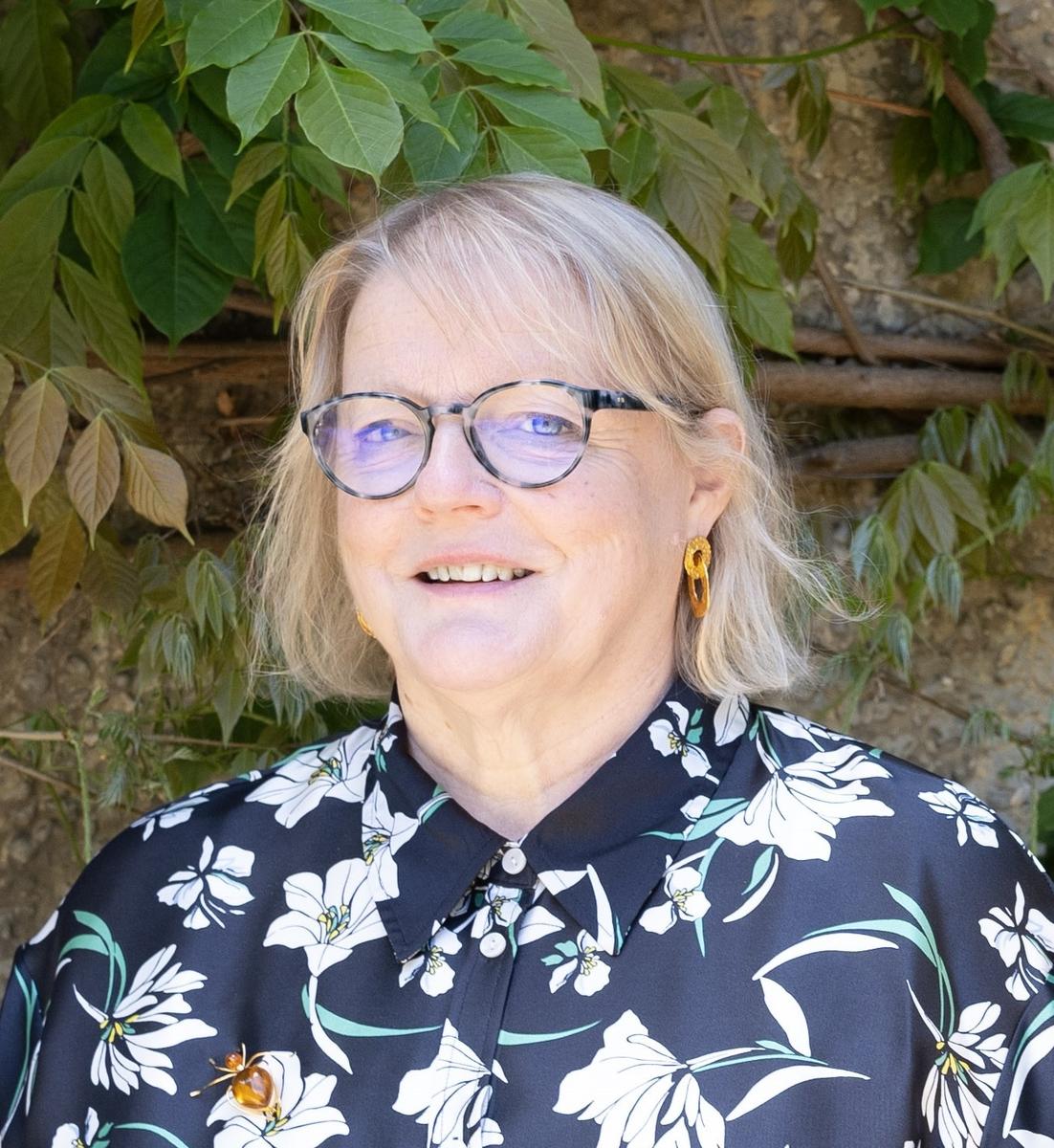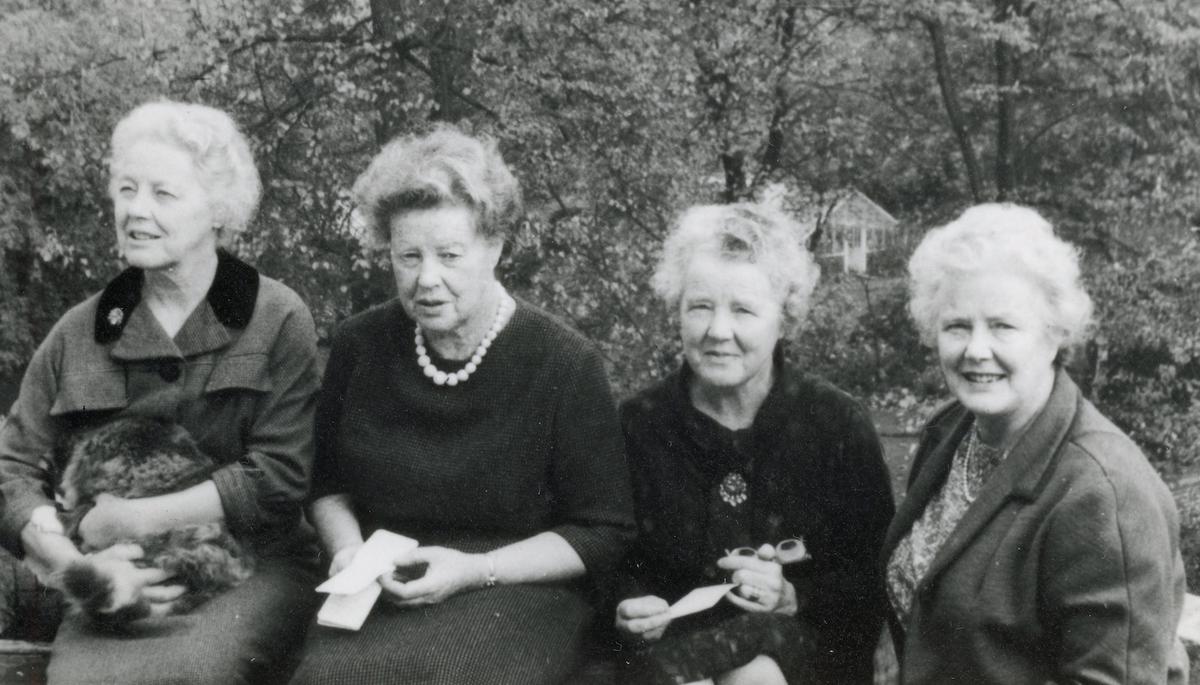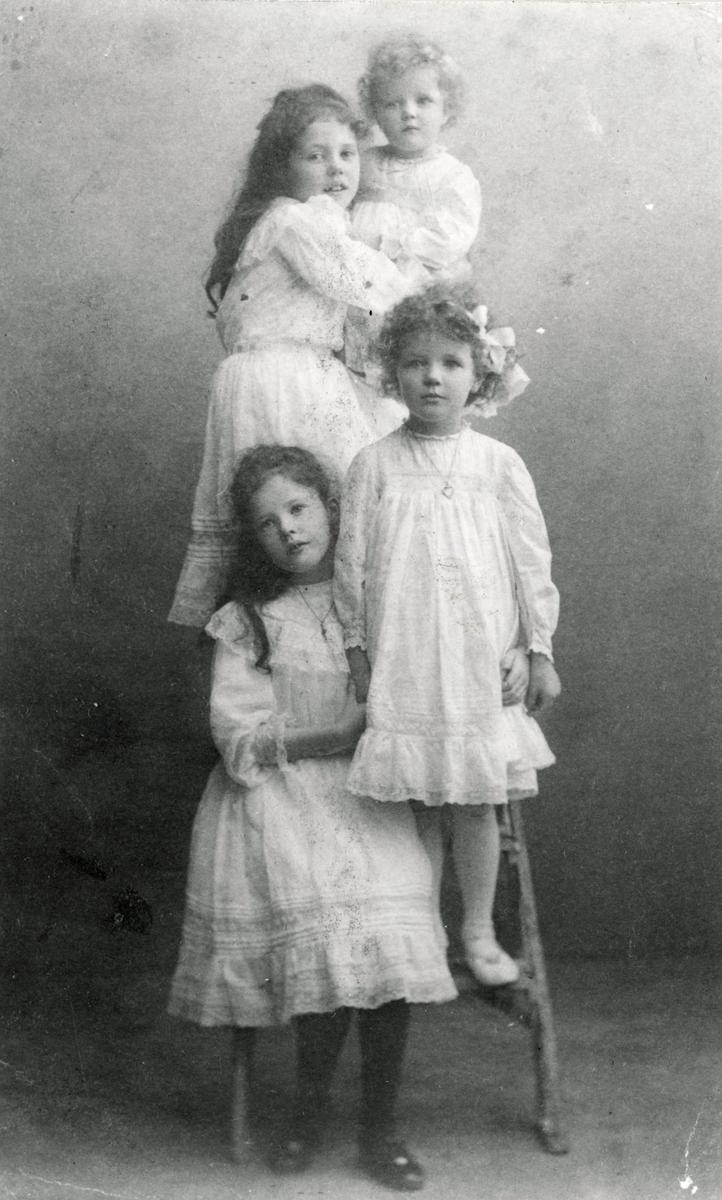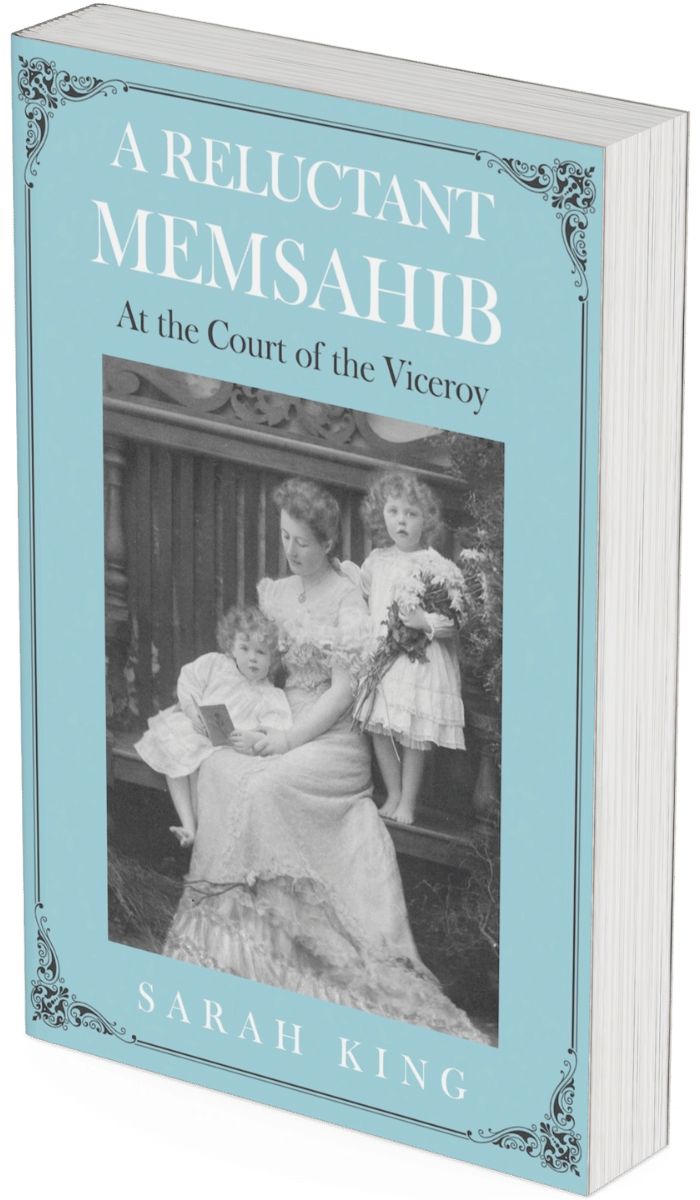About the Author
SarahKing

The Influence of Family
Even in my sixties, I still feel one of the greatest positive forces in my life – and in the lives of my three brothers – were our elderly relations, especially the female ones. We were blessed with a host – or perhaps a gaggle – of grandmothers and great aunts with wonderful names like Agnes, Violet, Gwynedd, Betty, Audrey, Enid and Hele (short for Helen). With the Great War, many of them remained unmarried “maiden aunts”, a phrase that sounds inappropriately specific today, after all no one talks about “virgin uncles”. This state may or may not have been sad for them, but it was wonderful for us and our parents, as we were regularly offloaded on them. Even thirty years after the death of the youngest, not a day goes by without something bringing one of them to mind.

The Richards Sisters
Primary amongst these were the four Richards sisters – Gwynedd, Audrey and Enid (whom we called Aunt G, Aunt A and Aunt E, respectively) and our maternal grandmother, Katharine (Aunt K to my cousins). Each one was very much a one-off, but one thing they had in common was their love for their family and their mother Isabel in particular. She and her husband, Harry, enjoyed a loving marriage and made an engaging and distinguished couple. Their letters and diaries reveal a thoughtful approach to their daughters’ upbringing—including the formative years in India between 1904 and 1909—which gave the sisters the assurance and resilience to become the remarkable women we grew up knowing.

Despite having started life apparently as “pampered Raj princesses” and growing up at a time when girls of their class were still expected to become wives or care for elderly relations, with their mother’s support the four found a way to flourish as modern, independent women. And all four found ways to help encourage and support my brothers and me at a time when home life was not easy.
Finding Strength Through Their Example
The sisters’ support is one reason why, despite an unpromising beginning and significant obstacles, I felt driven to make something worthwhile out of my life – what Aunt A might have called the “bugger them” factor. Years later, I had to give up work when my son became seriously ill, I began searching for something to keep me occupied between hospital visits. Sorting through a box of family papers I’d inherited, I discovered a list of ideas and approaches that the sisters had drafted for a book about their parents’ time in India. Fulfilling that dream became a way to thank them for all they’d done for us.
Living with Dyslexia
There was also a more personal motivation. I have dyslexia—or “word blindness,” as it was known back then—a term poorly understood in schools at the time. Consistently at the bottom of my classes, I struggled throughout school, labelled as lazy, slow, and “retarded.” I failed almost every exam from age eleven through A Levels, and left school shortly after my eighteenth birthday with a reading age of ten. My childhood ambition of becoming an archaeologist was totally unrealistic. Yet thanks to learning to type and the patience of family and colleagues, I gradually found ways to get around dyslexia and ended up working in media and later in PR. Regardless of any success, the shame lingered, the sense of being flawed. Writing this book has been a way to confront those memories and show everyone who made me feel substandard what I am capable of. Now, I see being dyslexic as a “desirable difficulty” far more a positive than a negative in my life.
